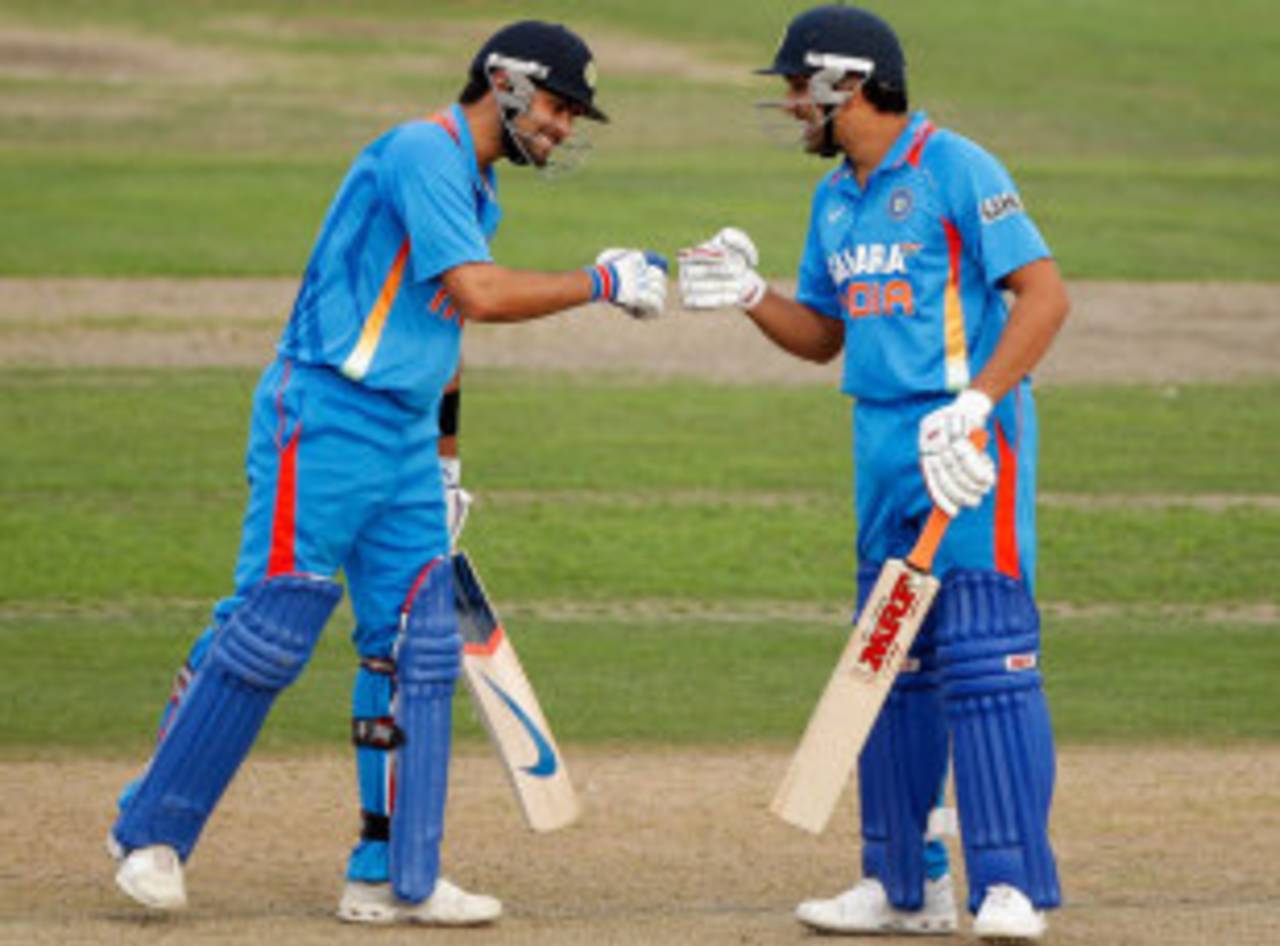Of late, Indian cricket seems to have completely wrapped itself around the idea of the rotation policy. A good time to ask exactly what this policy is.
The concept took form when Australian cricket reached its crescendo in the early 2000s. Those were times when not only were they indomitable both home and away, the manner in which they destroyed oppositions gave them an aura of invincibility. Teams seemed to turn up against them merely to participate, not compete; the winner was usually decided before the first ball was bowled. Australia's record of winning World Cups without dropping a single match on their way to the title epitomised their dominance. They had got to a stage where the only way to improve was to compete with themselves. They needed to find ways to raise the already high bar further.
That's when they introduced a rotation policy for their in-form cricketers - essentially as a means to further boost their unequalled eminence. It meant a player would be rested after a few games, regardless of his sterling performances, in order to give an opportunity to his peers. The idea was to keep each of them on their toes, and more importantly to maintain their form.
Does this policy hold any relevance for India - especially now, when the team is under fire? We
have been told that the three senior players at the top of the order will not all play at the same time. The rationale for this rotation is to give the youngsters an extended run, allowing them a cushion to fail in the middle order without worrying too much about getting the sack.
Noble thought, one would say, but isn't a fundamental principle of a rotation policy - alternating in-form players - being inverted completely in this case? Ironically, India are rotating the players who are already struggling for form, which means they are almost resigned to losing an early wicket each time. That is a concern in itself, but the bigger concern is that a player will end up being rested after a solitary botched outing, thereby depriving him of the opportunity to play enough to rediscover form. It's easier for an in-form player to find his feet after a break than for one who is not among the runs.
If India still want to continue rotating players, they must give a few more opportunities to a player before dropping him for the next in line, rather than "resting" him after only a couple of failures
Principally the policy is both pragmatic and persuasive, but its use in India has been quite inappropriate. They had a golden opportunity to employ it in the Test series against West Indies at home. India should have decided to play only two of the three pillars in the middle order in any given match, which would have allowed both
Virat Kohli and Rohit Sharma to play all three matches in the series. They could also have allowed Ajinkya Rahane to open in at least a couple of Test matches by rotating the openers. They could have done all that because West Indies weren't that big a threat, and a little tinkering with the batting line-up wouldn't have cost India a match, playing at home as they were. Had they tried these men then, as part of the rotation policy, perhaps they could have fielded them in Australia too.
Applying the policy at the top has also sent a wrong message to the middle order. They are most likely to think that regardless of the errors they commit, they are guaranteed a place in the starting XI. Is that acceptable? While I understand there is a need to prepare for the future, does it have to be at the cost of sacrificing the present?
If India need to rotate players, they must do it with players who are in form and have earned a break. And if there's anyone in the current line-up who is in prime form, and hence can be rotated, it is Kohli, and we are told that his place in the side is sacrosanct.
If India still want to continue rotating players, they must give a few more opportunities to a player before dropping him for the next in line, rather than "resting" him after only a couple of failures. It makes little sense to rotate players after just one or two outings. There should be a method to this madness.
Also, if the idea is to placate the fans, who have been quite vocal in criticising the senior players for the Test debacle, by resting those seniors, it is a short-term solution. If India don't get back to winning ways, the fans will criticise not just the cricketers but also the unfathomable strategies employed by the team.
Former India opener Aakash Chopra is the author of Out of the Blue, an account of Rajasthan's 2010-11 Ranji Trophy victory. His website is here and his Twitter feed here
